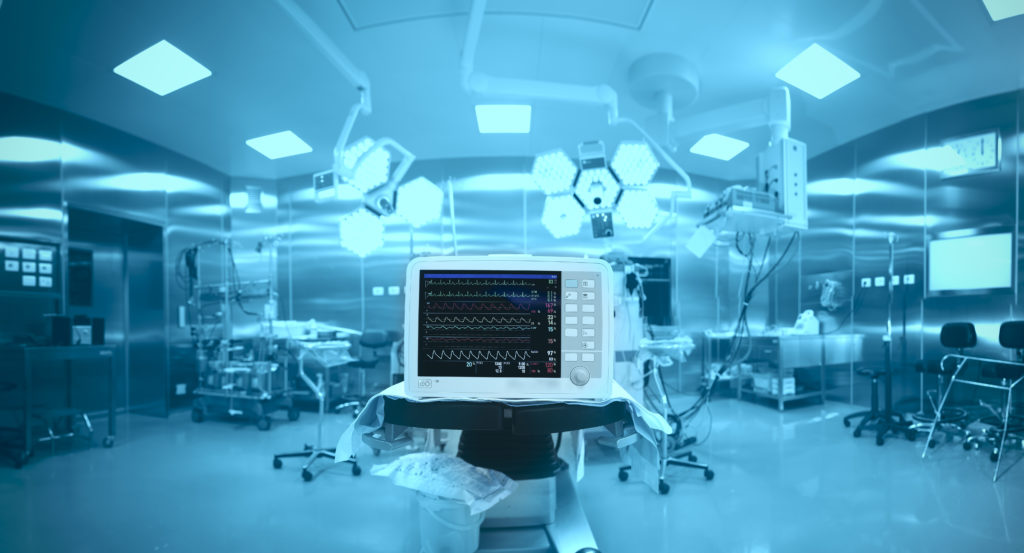
On Tuesday, I had the pleasure of attending the AIA Colorado Academy of Architecture for Health (AAH/C) monthly meeting, where Sheila Ruder from HKS Denver gave a fascinating presentation on flexibility in healthcare design. It was based on a study by Cadre Research, which focused on flexibility in the outpatient setting. This study breaks down the word “flexibility” into five different attributes: Versatility, Modifiability, Convertibility, Scalability, and Fluidity. While this study focuses on building design, medical equipment planning consultants can apply the same principles within our workstream, enhancing the flexibility our clients need in the current climate. Maia Consulting accomplishes this through a variety of services that are customized based on our clients’ goals.
Versatility: Immediate multifunctional use
- Our medical equipment planning consultants often see this in outpatient clinic and urgent care settings, where exam rooms are set up to accommodate a variety of specialties, acuities, and provider preferences. Medical equipment in these spaces is standard except for of a few specialized devices which are typically stored in a central location and brought into the exam room as needed.
Modifiability: Speedy reconfiguration
- This attribute is common in OR design, where ceiling mounted lights and booms make it easy to set up for multiple different types of cases quickly and easily.
Convertibility: Ease of redesign in the future
- Maia Consulting experienced this on the AIP Critical Care Annex project, where a pre-procedure intake space and was converted into a 10-bed inpatient unit within 2 months. Because the space had been planned to accommodate inpatient beds, the construction impact was minimal and equipment installation was fast.
Scalability: Ease of expansion or contraction
- In healthcare design, we see this implemented frequently on patient floors, where patient rooms are grouped into “pods” around a care team workstation, and each pod is fully equipped to function independently. For scalability in medical equipment, we form a strategic sourcing plan that capitalizes on system-wide master agreements and product standardization. When scaling up, this strategy expedites the medical equipment planning and procurement process for new equipment; when scaling down, it allows our clients to easily reallocate equipment to other spaces.
Fluidity: Flow of information
- Today’s technology is designed to facilitate the flow of information between patients, caregivers, and entire organizations. As medical equipment becomes more connected, it is critical for medical equipment planning consultants to understand the interfaces between the products we specify, and the technologies utilized in healthcare.
This is a bigger discussion than a single blog post can cover, and we are excited to explore this subject in greater detail. Stay tuned as we dive into each of these design attributes in the coming weeks and discuss the role that medical equipment planning consultants play in fostering flexible healthcare design.
Melody Vandivere, Founder & Principal